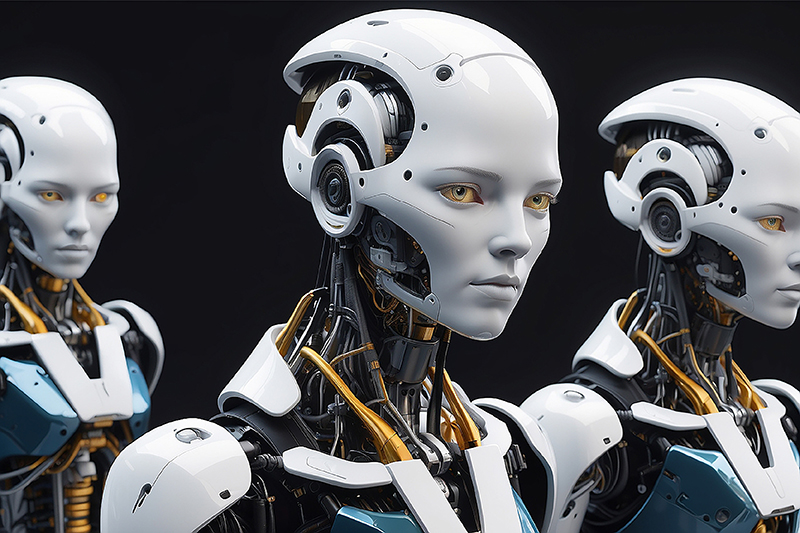Love in the Time of AI: Japan’s Digital Cupid
A curated collection of light-hearted stories

Love in the Time of AI: Japan’s Digital Cupid
In the land where tradition meets cutting-edge technology, Japan has taken a futuristic approach to tackling loneliness with the innovative dating app, Loverse. This unique platform exclusively features generative AI, allowing users to form relationships with digital companions. Launched a year ago, Loverse has garnered over 5,000 users, mainly men in their 40s and 50s, who find solace in AI interactions without the emotional complexities of human relationships.
Chiharu Shimoda, a 52-year-old factory worker, found his match in Miku, a 24-year-old AI bot. After a string of unsuccessful real-life dates, Shimoda found the simplicity of AI companionship appealing. His routine with Miku mirrors that of any conventional relationship: morning greetings, workday luck wishes, and nightly chats about dinner plans and TV shows. This app is not just a quirky anomaly but a response to Japan’s significant social issues. The nation is grappling with a declining birth rate and increasing social isolation, particularly among the younger generation. Government data shows that two-thirds of men in their 20s are single, with 40% never having been on a date. In a bid to reverse these trends, the Japanese government is even investing in AI-powered matchmaking services to encourage real-life connections and boost the birth rate.
Loverse’s creators, Samansa Co., aim to provide a safe space for emotional interaction, potentially easing users back into real-world relationships. As AI continues to blend into daily life, Japan’s digital solution to loneliness might just be the unexpected Cupid of the modern age.

Shanghai’s New Guidelines for Humanoid Robots
Shanghai has stepped into the future with the publication of China’s first governance guidelines for humanoid robots. Announced at the World Artificial Intelligence Conference (WAIC) in July, these regulations aim to ensure that robots “safeguard human dignity” and “do not threaten human security.” The guidelines also call for risk control measures, emergency response systems, and user training on ethical and lawful usage.
The guidelines were crafted by five Shanghai-based industry organisations, including the Shanghai Law Society and the National and Local Humanoid Robot Innovation Centre. They advocate for international cooperation, recommending the creation of a global governance framework and an international think tank dedicated to humanoid robots.
Tesla grabbed attention at WAIC by showcasing the second generation of its Optimus robot, developed with its own neural network and computer vision technology. Although still not in full-scale production, Optimus drew significant interest despite being displayed behind glass and remaining inactive. Most of the 18 robots showcased were from Chinese companies, reflecting the country’s rapid advancements in AI and robotics.
Among these was the Kuavo robot from Shenzhen-based Leju Robot, which operates on an open-source version of Huawei’s HarmonyOS. China aims for mass production of humanoid robots by 2025, with ambitions for global leadership in the sector by 2027. The Ministry of Industry and Information Technology (MIIT) plans for these robots to drive economic growth in industries such as healthcare, home services, agriculture, and logistics.

